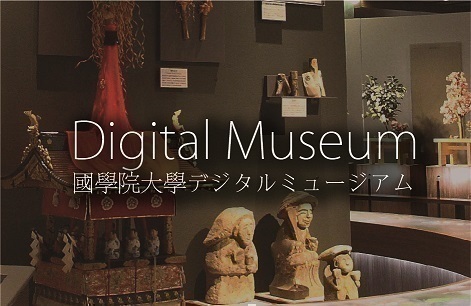- トップ
- Encyclopedia of Shinto
- Gunshin
Encyclopedia of Shinto
| Main Menu: | |
| Links: |
詳細表示 (Complete Article)
| カテゴリー1: | 2. Kami (Deities) |
|---|---|
| カテゴリー2: | Concepts of Kami |
| Title | Gunshin |
| Text | Other names: Ikusa no kami, Ikusa gami Originally, a tutelary kami of battle, similar to the Greco-Roman gods Ares and Mars. Numerous kami have been venerated in Japan as tutelaries of warfare, based on various interpretations of their personalities and characteristics. Ise Sadatake (1717-84) considered the three kami Ōnamuchi, Takemikazuchi, and Futsunushi as noteworthy tutelaries of warfare, but Hayashi Razan (1583-1657) added Amaterasu ōmikami, Hachimanōkami, Sumiyoshi myōjin, and Hiyoshi myōjin. Other commentators include such figures as Susanoo, Yamatotakeru, Empress Jingū, Sakanoue no Tamuramaro, Takeminakatanokami, MichinoOminomikoto, Umashimaji no mikoto, Emperor Jinmu, Takeshiuchi no sukune, Minamoto no Yoshiie, and Takeda Shingen to the list. The idiomatic expression, the "three kami of war" refers to Hachiman ōkami, Empress Jingū (alternately, Michi no Omi no mikoto), and TakeshiuchinoSukune. The Minamoto clan's adoption of Hachiman as a particularly important tutelary of warfare was in large measure responsible for the popularity of the deity among warriors in general. Within Japanese Buddhism, the Indian deities Marishiten, Bishamonten, Fudōmyōō, Daikokuten, and Benzaiten are considered gunshin, and the bodhisattva Myōken was likewise revered by military families. In the modern period, certain military men who died in the Russo-Japanese war, such as Hirose Takeo (1868-1904) and Tachibana Shūta (1865-1904) were popularly called gunshin, but in such cases, the term was used merely to refer to a soldier who exhibited exemplary military demeanor and died bravely in battle, and who was therefore held up as a model of military bearing. When used in that way, the term had a significance somewhat different from its original meaning. -Ōhara Yasuo |




